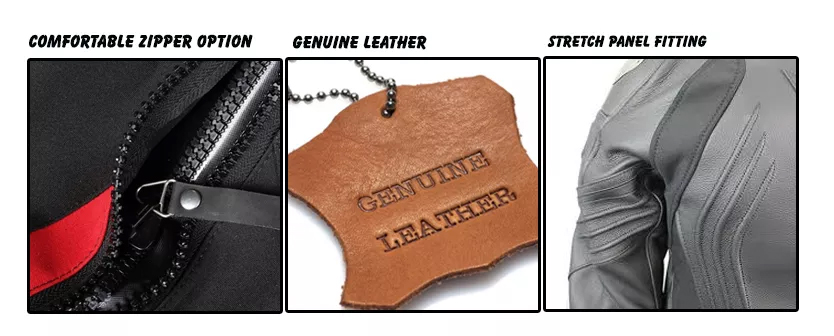Title: How to Identify Real Leather
Identify Real Leather with These Simple TipsLeather is a material that ages gracefully and can last for many years when taken care of properly. But with so many fake leather products on the market, it can be difficult to identify real leather. In this article, we will share with you some simple tips to help you identify real leather and avoid fake ones.1. Examine the surface of the leather. Real leather has a natural grain and texture that is unique to each hide. The surface of the leather should also be smooth and even, without any bumps or irregularities.2. Check the color of the leather. Real leather has a natural color that is deep and rich. The color of the leather should also be consistent throughout the entire piece.3. Feel the leather. Real leather has a natural texture that is smooth and soft to the touch. The leather should also be warm to the touch, indicating that it is made from a real animal hide.4. Look for signs of aging. Real leather ages gracefully and will develop a patina over time. The leather may also have some wear and tear marks, which are all natural signs of aging.5. Consider the cost. Real leather products are usually more expensive than fake ones. This is because they are made from a natural material that is more difficult to source and process.By following these simple tips, you can identify real leather and avoid buying fake ones that are not only inferior in quality but also may cause harm to your health in the long run.
When it comes to purchasing leather products, such as jackets, boots, or handbags, it is important to be able to identify real leather from fake. Leather jackets, for example, are not just a garment of clothing; they are also a form of art and craftsmanship. Therefore, it is crucial to know how to recognize genuine leather when making a purchase.

The first step in identifying real leather is to examine the material. Genuine leather has a natural texture and feel that is difficult to replicate in fake materials. Real leather is also typically thicker and more durable than fake leather. When you touch it, you should be able to feel the texture of the skin, which can range from smooth to rough, depending on the type of animal it comes from.
Another key indicator of real leather is the pattern of the grain. Leather from different animals has unique grain patterns that are often visible on the surface of the material. For example, cowhide has a distinct cross-hatched pattern, while lambskin has a more delicate and tightly packed grain. These patterns are often stamped or pressed into fake leather, but they never achieve the same level of naturalness and randomness as real leather.

Moreover, real leather has a unique smell that is difficult to replicate in fake materials. When you sniff at genuine leather, you should be able to detect a slightly sweet and earthy aroma that is unique to leather. This smell is caused by the natural oils and proteins in the skin that are present in real leather but not in fake materials.
Finally, the color of the leather can also give it away. Genuine leather often has a deep and rich color that is difficult to achieve in fake materials. The color of real leather is often influenced by the age and health of the animal at the time of slaughter, as well as by the tanning process used to preserve it. Fake leather, on the other hand, often looks too bright or garish, with colors that are too uniform or overly saturated.

In conclusion, identifying real leather requires a combination of visual inspection, touch examination, smell test, and color assessment. By taking these steps when making a purchase, you can ensure that you are getting genuine leather products that will last for many years to come.
Articles related to the knowledge points of this article:
Korean Down Jackets: A Fashionable and Functional Must-Have
Title: How to Tie a Tie: The Ultimate Guide for Perfect Tying Techniques
Goose Down: A Natural and Sustainable Source of Warmth
Title: The Profound Significance of a Tie as a Gift in the Modern World
The Overcoat and Down Jacket: Winter Fashion Essentials
Title: The Art and Significance of Officer Uniforms and Ties



